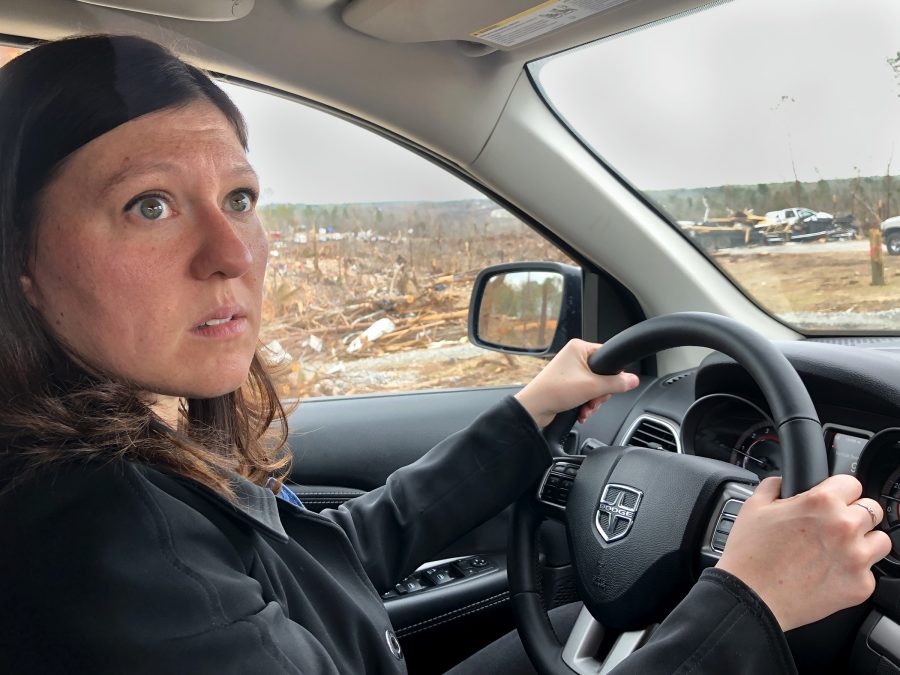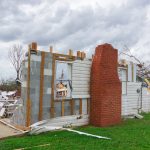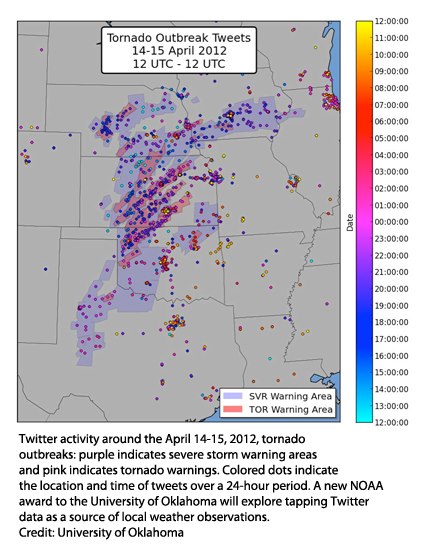When a tornado threatens a community, NOAA National Weather Service forecasters issue a tornado warning. Local emergency management agencies sound emergency tornado sirens or send out phone alerts. Broadcast meteorologists tell everyone to take shelter. But how does all of this help the public and how does the public respond?

This scenario played out in southeast Alabama about a month ago, when a devastating tornado killed 23 people and injured numerous others, before ending its path in Georgia. The storm system was well forecast — as NOAA’s Storm Prediction Center predicted an elevated risk of severe storms days in advance and local NWS forecasters provided timely warnings.
Kim Klockow-McClain wants to know why that storm system — which included winds that reached 170 mph and rated 4, with 5 being the worst, on the Enhanced Fujita tornado-rating scale— was so deadly. She is a societal impacts researcher at the University of Oklahoma Cooperative Institute for Mesoscale Meteorological Studies. Her work supports NOAA’s National Severe Storms Laboratory to improve tools used by NOAA National Weather Service forecasters.
For the full story, visit NOAA Research’s website.



